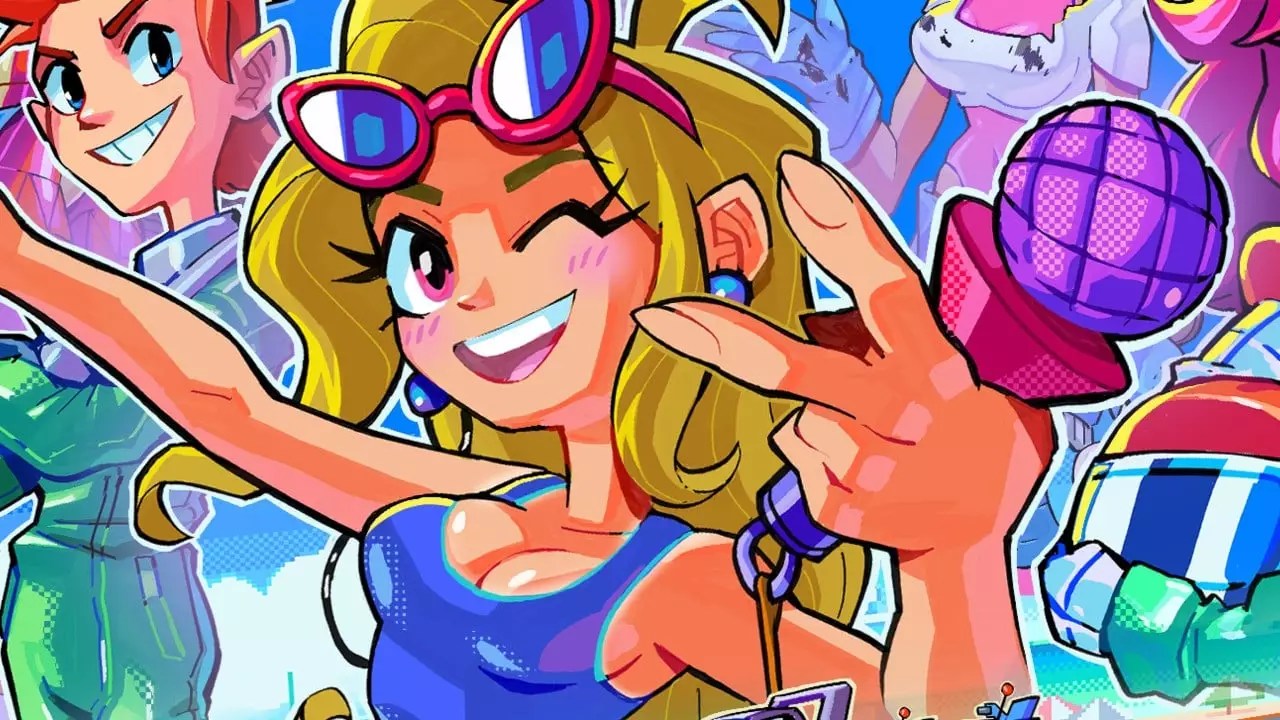Victory Heat Rally, once a promising indie racing game that set out to evoke nostalgia for Sega’s iconic Super Scaler arcade series, has seen its vision diluted over its extended development period. Initially launched on Kickstarter in 2020, the game has undergone significant transformations leading to its recent release on the Nintendo Switch. However, the charm and ingenuity that characterized the original concept seem lost, leaving players with a title that feels all too familiar in a crowded racing game market.
From its inception, Victory Heat Rally aimed to capture the essence of arcade racing nostalgia, reminiscent of classics like Power Drift. The original Kickstarter trailer suggested dynamic, rollercoaster-like tracks that promised thrilling gameplay. Fast forward to its actual release, the game features generic 3D environments typical of contemporary racing titles, influenced by modern graphics but lacking the retro flair that initially sparked interest. The use of cel-shading to create a simpler visual style might be considered charming, yet it ultimately reduces the game’s unique identity. The chunky sprites evoke a certain retro charm, but are overshadowed by their derivative nature, leaving players yearning for more originality.
The core of Victory Heat Rally’s gameplay centers around a straightforward drifting mechanic. Players can perform a drift, building up speed by maintaining control through bends, which adds a basic layer of engagement. However, this simplicity becomes a double-edged sword; while accessible for newcomers, the limited depth results in a lack of engaging complexity. Within just a few races, players may find themselves grinding through the same routine, dulling the initial thrill that accompanies mastering a new racing mechanic.
While the Championship mode offers a blend of race types, including laps and rally events, and even introduces side missions that require players to perform tasks like knocking down cones, the game ultimately does not succeed in offering a diverse experience. The novelty of the tasks wears off quickly, making the gameplay feel monotonous. What could have been a rich, varied experience instead translates to a repetitive cycle that feels more like filler than a robust game environment.
One of the more enjoyable aspects of Victory Heat Rally is its split-screen multiplayer mode, allowing up to four players to race simultaneously. The game’s simplistic aesthetic proves beneficial in this context, making it easier for players to maintain visibility despite the divided screens. However, while the multiplayer experience can be amusing and fun in short bursts, it lacks the competitive thrill that would encourage persistent engagement. The excitement diminishes once the novelty of multiplayer begins to fade, echoing the single-player experience’s repetitive nature.
In a gaming landscape teeming with racing titles, especially on the Nintendo Switch, Victory Heat Rally struggles to carve out a unique niche. Despite its appealing aesthetics, it does not compete strongly with other indie racers that have emerged, many of which blend modern graphics with compelling gameplay mechanics. The absence of innovative features or engaging content leaves Victory Heat Rally in a precarious position—one that’s not quite bad enough to dismiss, yet lacks the distinctive qualities that would ensure its longevity in players’ libraries.
While Victory Heat Rally delivers a visually appealing homage to retro arcade racing, it ultimately falls short of effectively revitalizing the genre. The game is not poorly made; rather, it suffers from a lack of depth and engaging content that would make it stand out among myriad competitors. Players may enjoy it for a brief period, but the absence of memorable gameplay experiences or innovative features means it is unlikely to remain a favorite choice when looking for a racing game.
Victory Heat Rally embodies a lost potential—an initial promise of thrilling nostalgia marred by execution that fails to excite. It serves as a reminder of the importance of maintaining the spirit of a concept throughout development and highlights the pitfalls of settling for mediocrity in an industry that thrives on innovation and creativity.


Leave a Reply